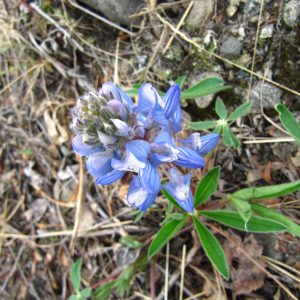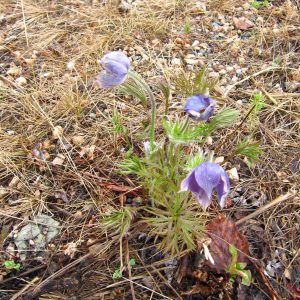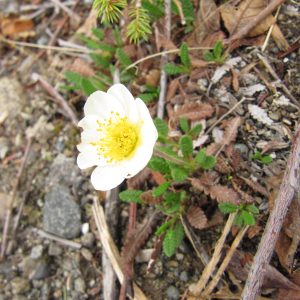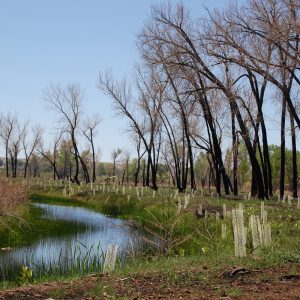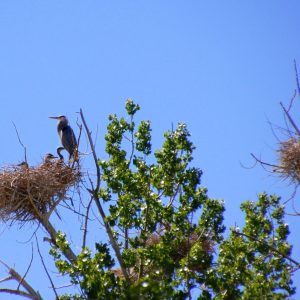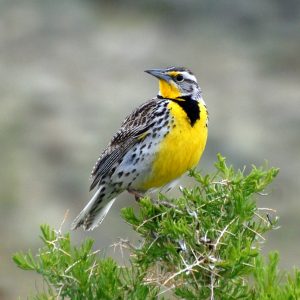Alaska is big. Really Big. You just won’t believe how vastly, hugely, mind-bogglingly big it is. It follows then, that we Alaskan Bureaucrats of Land Management who are concerned with invasive plant (weed) management simply cannot be in nearly all the places we would like to be, and see nearly all the things we would like to see, in the oh-so-fleeting field season. We set out, therefore, to indoctrinate as many field-going automatons as possible; that they might do our conservation-oriented bidding.
It is in light of these facts that I have spent the majority of the past few weeks here at the Bureau of Land Management Fairbanks District Office (BLM FDO) preparing a class entitled: Invasive Plant Identification and Management. So far, I have taught the class once to BLM employees here at the Fairbanks District Office. I will be holding more sessions for Alaska Fire Service and BLM employees here in Fairbanks, and tentatively another session for the general public at the Arctic Interagency Visitors Center in Coldfoot, AK.
The primary goal of this class is to get as many eyeballs as possible in the field, capable of recognizing and reporting invasive plant infestations (see “Alaska is big.”, first paragraph). The BLM FDO utilizes an Early Detection Rapid Response management strategy for the control of invasive plants. Most invasive plant infestations in Alaska are in the very early stages of establishment, and control and eradication is significantly more feasible before a species becomes wholly established in an ecosystem.
I have also been lucky enough to be able to make several trips to the field since the much abated spring thaw has finally decided to show up. Earlier this week I traveled with my mentor to Tok, AK, for an interagency meeting on caribou management with the Alaska Department of Fish and Game. Along the way, we were able to do some spectacular drive-by botanizing on the Richardson Highway, spotting the lovely pasqueflower (Pulsatilla patens), arctic lupine (Lupinus arcticus), and mountain avens (Dryas octopetala). Regrettably, we have also already spotted the highly invasive white sweetclover (Melilotus officianale) and the equally repugnant bird vetch (Vicia cracca). Let slip the (Early Detection Rapid Response invasive plant management) dogs of war!


